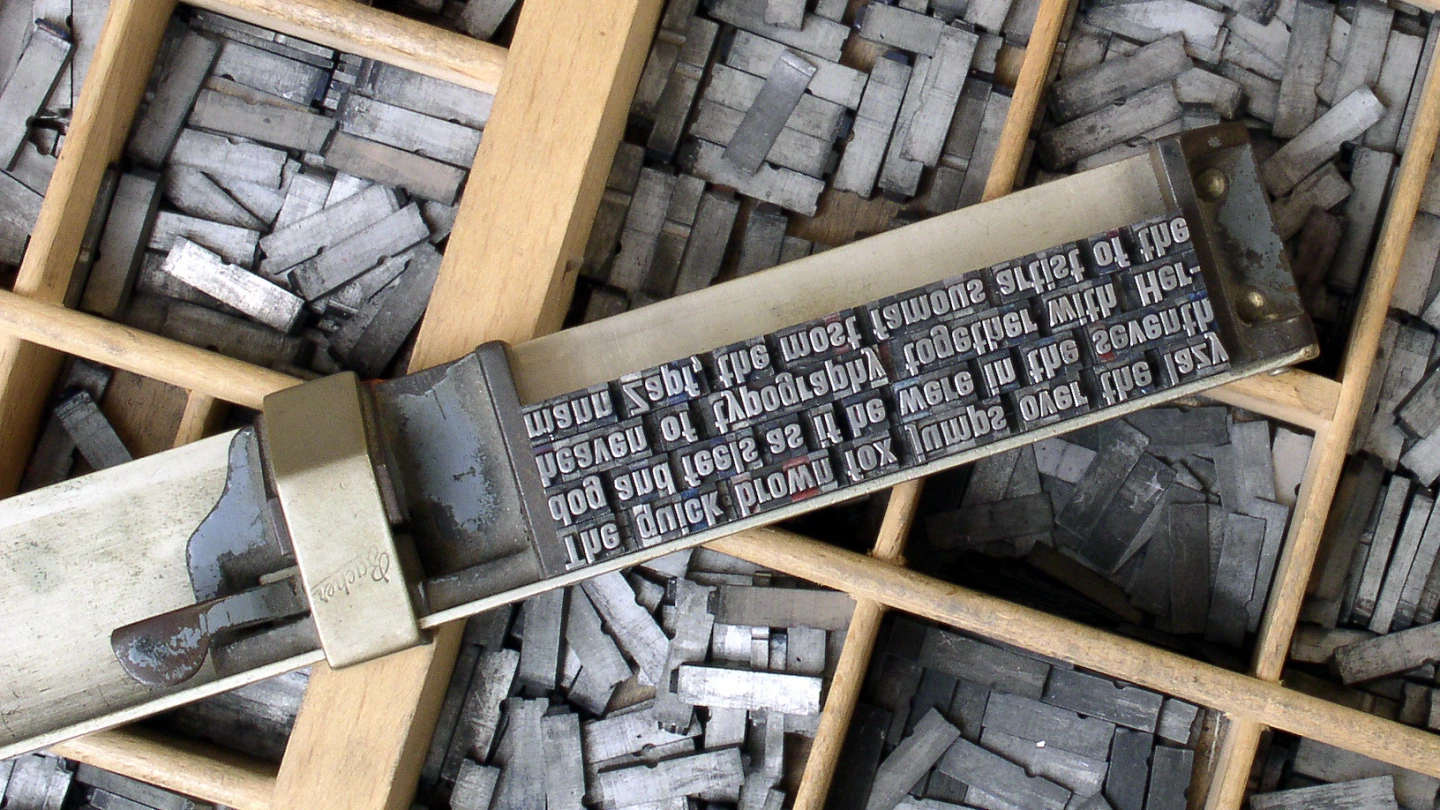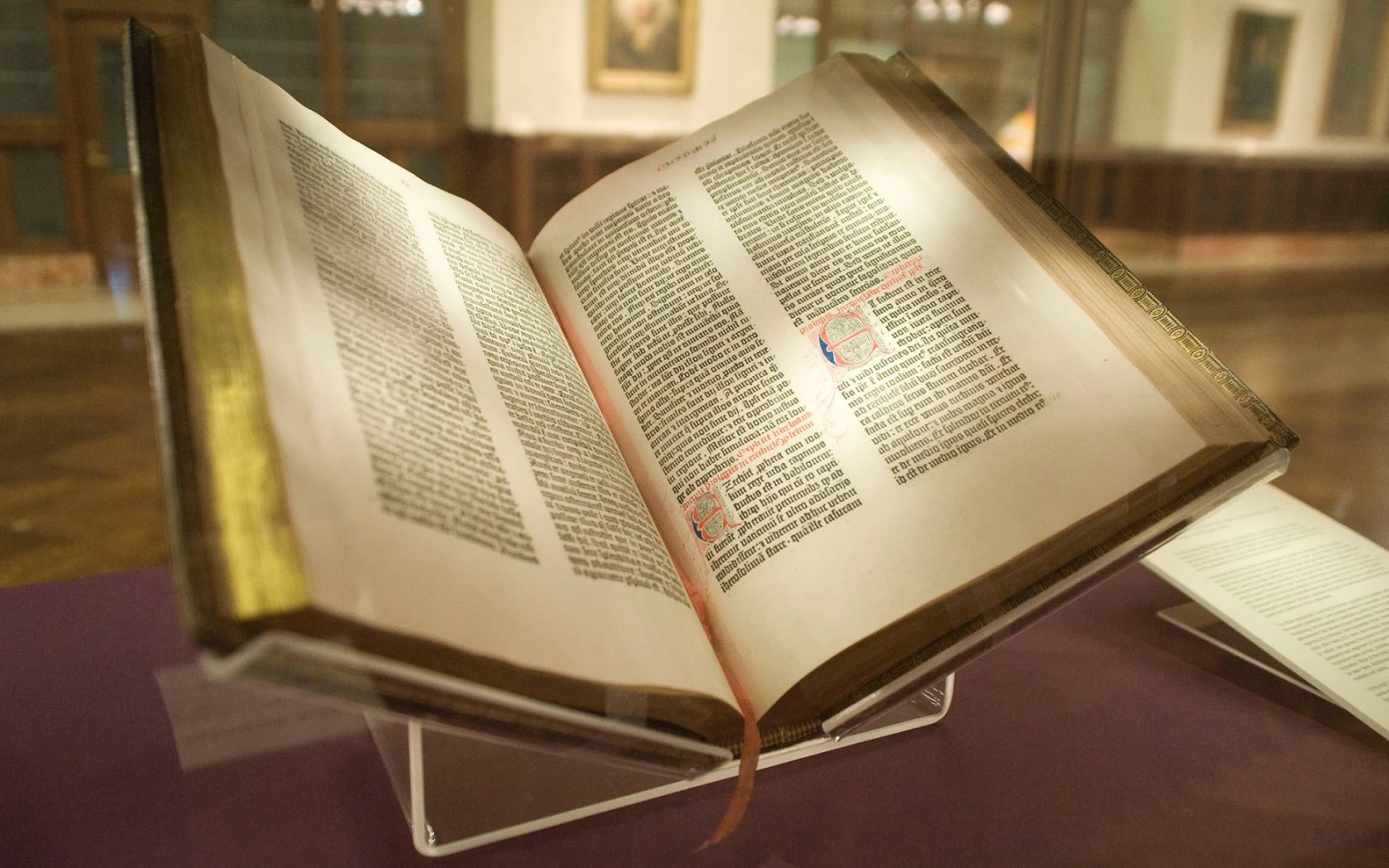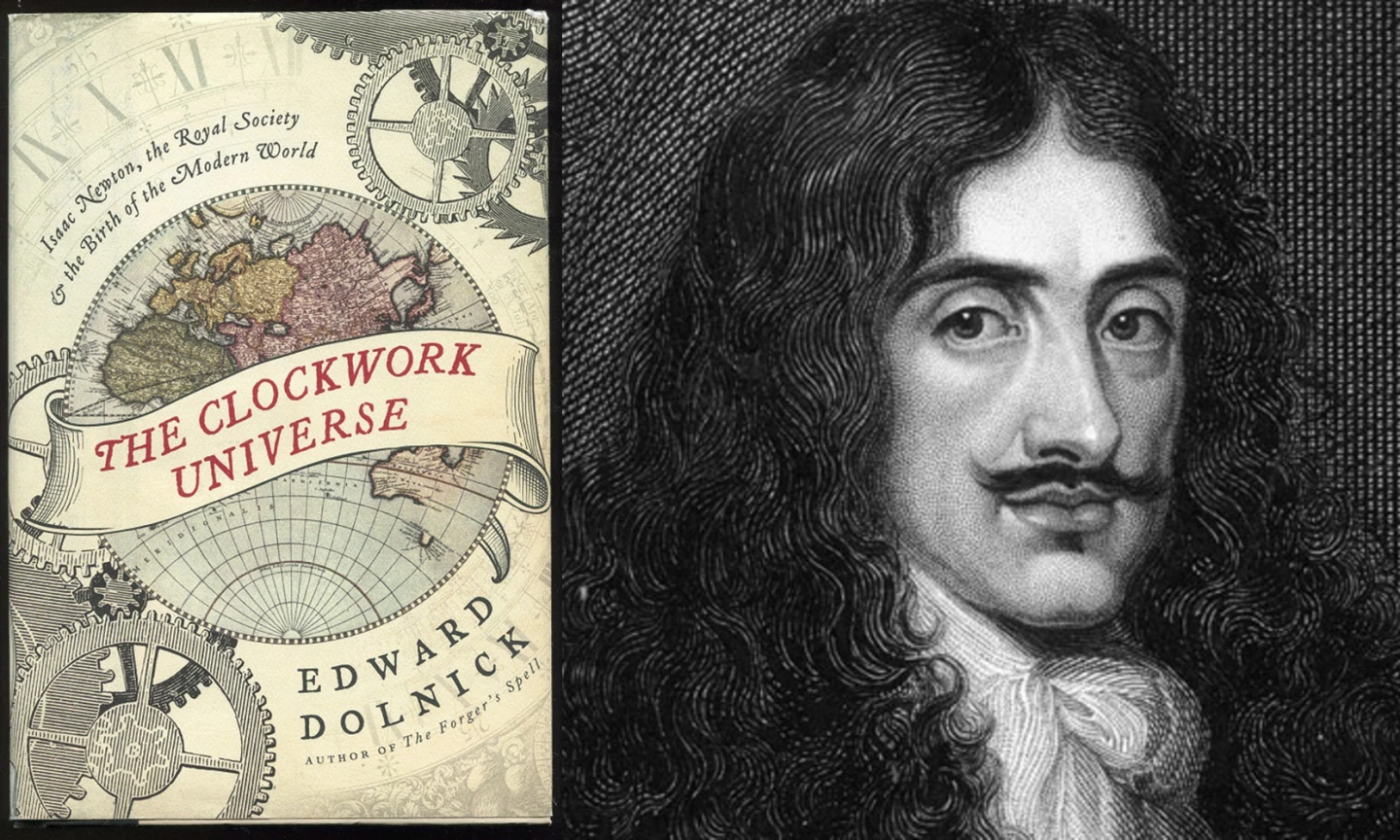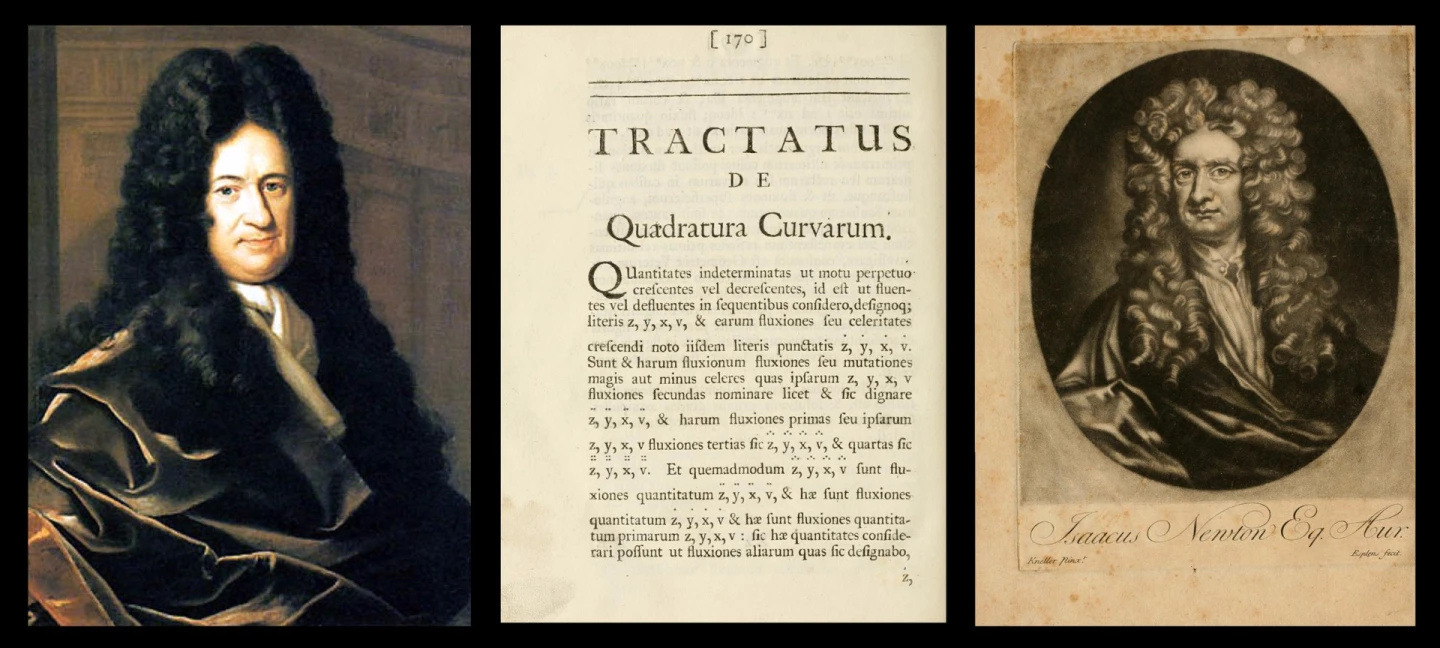After several months researching the marketplace, we've compiled a list of the 50 most valuable scientific documents sold at auction. This article is a preview of the research and an overview of the scientific documents and manuscripts marketplaces. Over the next week we'll reveal our findings in detail, counting down to number one in a series of articles that provide an intriguing insight into both the history of science and the value of its most important writings.
It's been a fascinating journey analyzing the world's most valuable scientific documents and manuscripts, and it illustrates both how far science has come in a relatively short time, and how little we value our legacy in monetary terms.

Just 500 years ago, print was emerging as the first mass medium and with it, the first commonly available access to knowledge. Before Gutenberg's bible was completed (circa 1455), there were around 30,000 books in all of Europe. Each one had been written by hand.
In the next 50 years, ten million books were printed. That volume of books broadcast the knowledge of a few to many and the transformation that resulted has continued to accelerate societal development to this day.
Six hundred and seventy years ago, the printing press kicked off the first wave of mass communication and "new thought" could suddenly travel great distances, while education could be leveraged to include more people and, in turn, catalyze further advancement. Which it did, accelerating mankind's understanding of how the world worked, and how to make it better.
As the list of the world's most valuable scientific documents will so clearly illustrate, once the number of printing presses began to multiply and we cast off the shackles of recording information by handwriting alone, knowledge and understanding began propagating across the world at a much greater pace.

The frailty of paper as a recording medium is sadly only too evident from our research. The Gutenberg Bible (above) was the first book produced with movable type in 1454. Of the roughly 180 copies created with this new production technology (around 45 on the much more durable vellum), there are now only 50 substantial portions of copies still known, of which 21 are complete. There is now a substantial marketplace in leaves or portions of leaves from the remains of the surviving partial bibles. In 2015, Sotheby's auctioned a book with just eight leaves from an original Gutenberg bible, fetching US$970,000.
It's very hard to determine the value of such books because there are very few data points spread over a long period of time and each data point represents a different sub-set of the original whole bible. Christie's sold the last complete one for $2.2 million in 1978 and a partial copy (the Old Testament) sold for $5,390,000 in 1987, which at the time was the most expensive printed book ever sold. Hence, most of the books, documents and manuscripts on our list are from the last 500 years as the few treasures that might have once been housed in the Library of Alexandria or any other place of higher learning, have survived only in museums and libraries.

Copernicus is rightfully on this list. Until he presented compelling evidence to the contrary, in our profound ignorance and arrogance, we thought our world was the center of the universe. The first telescope arrived just 400 years ago, highlighting our insignificance. The first microscope arrived soon after, opening a vast window into a world we had previously not known at all.

Our knowledge of medicine was equally frighteningly ignorant until very recently. Perhaps the most illustrative example of how little physicians knew just a short time ago comes from Edward Dolnick's The Clockwork Universe, about the fate of English Monarch Charles II, who had the misfortune to suffer a stroke in 1685:
First, the royal physicians drained the king of two cups of blood. Next they administered an enema, a purgative and a dose of sneezing powder. They drained another cup of blood, still nothing helped. They rubbed an ointment of pidgeon dung and powdered pearls onto the royal feet. They seared the King's shaved skull and bare feet with red hot irons. Nothing helped, and the King fell into convulsions. Doctors then prepared a potion whose principal ingredient was 40 drops of extract of human skull. After four days, Charles died.
This was just 330 years ago, and the level of medical knowledge available to even a monarch was clearly quite farcical. And as a whole, the top 50 tells the history of science. Many of the books on the list are the finest specimens of the most important books in history still in private hands.
Equally, or perhaps more important than just the spread of knowledge was the sudden building upon the knowledge of others. Isaac Newton, arguably the greatest scientist of all time, said "if I have seen further, it is by standing on the shoulders of giants", and despite this being a line designed to create further animosity in one of his many spats with other scientists, indeed he had, because if it had not been for the astonishing insights of Copernicus, the bold genius of Galileo, and the invention of analytic geometry by René Descartes and Pierre de Fermat, it's unlikely he (and Gottfried Leibniz) would have had the wherewithal and understanding to create calculus so that we could finally describe movement mathematically.

Mathematics, after seemingly lying dormant for several millenia since Zeno, Eudoxus, Archimedes, Euclid, Pappus, Plato and Pythagorus made the first significant discoveries in the language of the Gods, was suddenly and dramatically advanced by Descartes, Fermat, Pascal, Newton and Leibniz, all within a blink of history's eye. Had it not been for mathematical advancement in the Middle East and Asia, you could be excused for thinking that mankind had taken a 2000 year holiday from thinking.
The formation of the Royal Society in London in 1660 marked the beginning of a 50 year period that saw a quantum leap in man's understanding of science. In that period, mankind was given the basic tools to begin unraveling the mysteries of the universe. Those tools gave us the bedrock upon which our understanding is now built. Many of those names have documents in our list of the most valuable scientific documents, and as we expand the list, many more of those names will be added. Our research can currently see what we think is the majority of the top 250 scientific documents and manuscripts, but it's a work in progress so we've concentrated on the top 50 such treasures and will expand it to the top 100 over time.

Are historical scientific documents undervalued?
Only 31 scientific documents have ever fetched more than a million dollars and they each have a story worth reading. They represent the most significant contributions to human knowledge with the written word.
By comparison, there are twice as many religious texts, five times that number of wristwatches and heading for 100 times more cars that have sold for a million or more at auction.
Coins and comic books, too, are seemingly considered in the same societal league of importance as these landmarks of human knowledge – more than 30 coins and a dozen comic books have cracked the million-dollar threshold at auction, as have four baseball cards.
Baby boomers were the first widely educated generation in history, and it is likely that as each successive generation becomes better educated, the true worth of these documents to mankind will emerge and they will become exceptional long term investments.
Highest priced is not really the most valuable
Despite the headline of this article, the books and manuscripts listed here are not really the most valuable – they are only the documents that have sold for the most money at auction. Indeed, while our premise in this article is that scientific books and manuscripts don't get the respect they really deserve on the auction block, very few scientific books and manuscripts of note are privately held, which makes their relatively low prices even more surprising. Most genuinely rare and important written or printed items from the realm of scientific knowledge are held in museums and libraries where due respect has long been acknowledged. Our profound acknowledgement must go to the museum curators and librarians who have safeguarded mankind's scientific heritage.
We believe that one day, the artifacts of the greatest scientific discoveries in history will command more money at auction than entertainment and sporting memorabilia. It may be a long way into the future before true perspective on human achievement is restored, but it's almost certain that it will come to pass, and scientific books and manuscripts of monumental significance and provenance are the type of investment that your children's children's children will undoubtedly appreciate.
So too will be first folio editions, and subsequent editions of books of lasting value to humanity. The legendary exploits of sporting heroes such as Muhammad Ali, Juan Manuel Fangio and Babe Ruth may or may not diminish over time. Similarly, the great cinematic and literary works of history, but the contribution to mankind of pioneering thinkers whose genius underpinned our understanding of the universe will increase much more markedly. Historical documents can be expected to follow a similar trajectory.

Christie's and Sotheby's dominate the scientific manuscript auction marketplace
Christie's has sold 49 of the top 100 scientific documents, and Sotheby's has sold 36 of the top 100, accounting for 85 percent of the elite end of the market between them. Interestingly, Christies has more strength at the very top with 14 of the top 20 and 27 of the top 50, after which Sotheby's share of the elite scientific auction market is almost equal.
Only three other auction houses have sold more than one document in the top 100, being Alde and Bonhams with three each, and Pierre Berge with two. Other auction houses to have sold a book or manuscript in the top 100 include Australian Book Auctions, Dreweatts & Bloomsbury, Guernseys, James D Julia, Swann Galleries and Thomas Scheler. As far as we know, the Kansas City Womens Club (which auctioned an autograph copy of Einstein's Theory of Relativity paper in 1944 for the war effort, fetching $6.5 million) are no longer in the auction game.
New York and London account for the majority of sales
Of the top 50 scientific documents sold at auction, New York auctions account for slightly more than half (27), with London auctions another 13, giving the two cities 80 percent between them. Only Paris appears to offer a viable alternative location if you are selling something in this elite space, with six of the top 50 sales. Melbourne and Kansas City were the outliers.
Science's rock-star

When we started searching for documents and manuscripts for Albert Einstein, we spent days correlating them all, realizing along the way that the world's best known scientist was indeed a rock star celebrity with a remarkable record on the auction block.
At auction, there are many names with a stellar multiplication factor beyond the obvious entertainers: people who have influenced history as a leader, politician, captain of industry, artist, musician, sports star ... people with personal qualities that resonate with a very large marketplace ... items with a connection to Princess Diana, Princess Grace, Audrey Hepburn, Abraham Lincoln, George Washington, Napoleon Bonaparte, Elvis Presley, Babe Ruth, Muhammad Ali and Yves St Laurent all command big prices at auction.
Many people don't enter the pantheon of celebrity while they are still alive. Indeed, many people earn more in death than they did in life and it's no coincidence that those individuals with the highest auction multiples (Monroe, McQueen, Lennon, Taylor, Jackson) can be regularly found on Time's Top Earning Dead Celebrity List. Included on that list are Charles Schultz (Peanuts) and Theodor Giesel (Dr. Seuss), James Dean, Frank Sinatra, Bruce Lee, George Harrison, Jimi Hendrix and Johnny Cash.
In 2015, Albert Einstein entered Time's list at #6, just behind Marilyn Monroe, Elizabeth Taylor and John Lennon. He's an unlikely candidate for most charismatic personal brand of all time, given he rarely spoke in public, and wasn't in film, TV or music, but that's the league he's now playing in six decades after his death. By all available measures, Albert Einstein has become one of the strongest personal brand names in history.
We covered Einstein's remarkable record on the auction block when his leather jacket went to auction earlier this year, and again when his childhood building blocks and pocket watch broke auction records.
Throughout the next week we'll bring you the full list of the 50 most valuable scientific documents to have sold at auction.
The first documents of the top 50, from numbers 50 through 41 is now available.


















